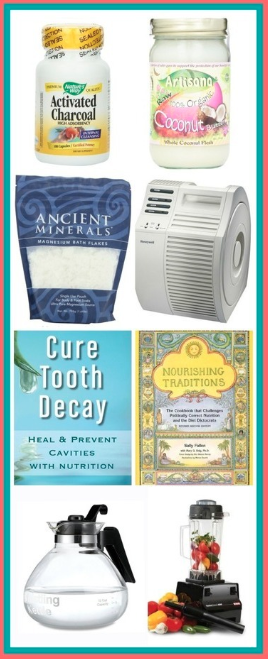Today I have a guest! Kelly blogs at www.ohlardy.com and today she has a meat lovers classic favorite: Meatloaf! This recipe is not only simple, but its grain free and GAPS friendly! Enjoy.
I am fairly certain that most meat-eaters enjoy a good, hearty meatloaf. I know I do! My mother especially loves leftover meatloaf sandwiches. A while ago I came across a recipe that had good bones, but the ingredients needed some help. I used it as a jumping off point to create my own nourishing and delicious meatloaf.
I love the simplicity of meatloaf. All you really need is meat, goodies, and something to bind it all together! I like to throw all of my ingredients into a big bowl.
Then, I mix it all together with my hands.
From here you can shape into a loaf on a foil-lined cookie sheet and throw it in the oven. I like to make my mixture ahead of time and keep it in the fridge for a few hours. I am not sure this does anything for flavor, but it helps me in the whole dinner making/child wrangling arena later.
When you are ready, place your tasty meatloaf in a 350 degree oven for about an hour. Let your meatloaf rest for 10 minutes before slicing and serving.
This recipe is totally versatile. I would like to make it with a mixture of beef, veal, and pork just to see how delightful that is! This recipe is GAPS friendly and totally customizable to fit your lifestyle.
A Classic Meatloaf
INGREDIENTS:
1 1/2 ounces almond flour
2 tablespoons milk (can substitute almond milk if you are dairy-free)
1/2 cup ketchup (divided)
1 1/2 pounds grass fed ground beef
1/2 cup chopped onion
1/3 cup chopped fresh parsley
1 tablespoon mustard (I use dijon because I love the flavor that it adds to the dish)
1 teaspoon dried basil
3/4 teaspoon salt
1/4 teaspoon pepper
1 egg
DIRECTIONS:
1. Preheat your oven to 350 degrees.
2. Place the almond flour and milk in a large bowl and let it soak while you prepare the rest of the ingredients.
3. Add 2 tablespoons of ketchup and the remaining ingredients and mix together with your hands.
4. Shape into a loaf and place on a foil-lined baking sheet.
5. Spread the remaining ketchup on top and put it into the oven and bake for an hour or so.
6. The internal temperature should be around 160 degrees.
7. Let the meatloaf rest for 10 minutes before slicing and serving.
Enjoy!
Variations: I have made this meatloaf without the ketchup spread on top and instead served it as a dipping sauce. I have also covered the top of the meatloaf with bacon strips and that was amazing! My husband suggested adding cooked chopped up bacon to the mixture, so that will happen soon!
How do you like to make your meatloaf?
.
~Stay Gutsy!










































